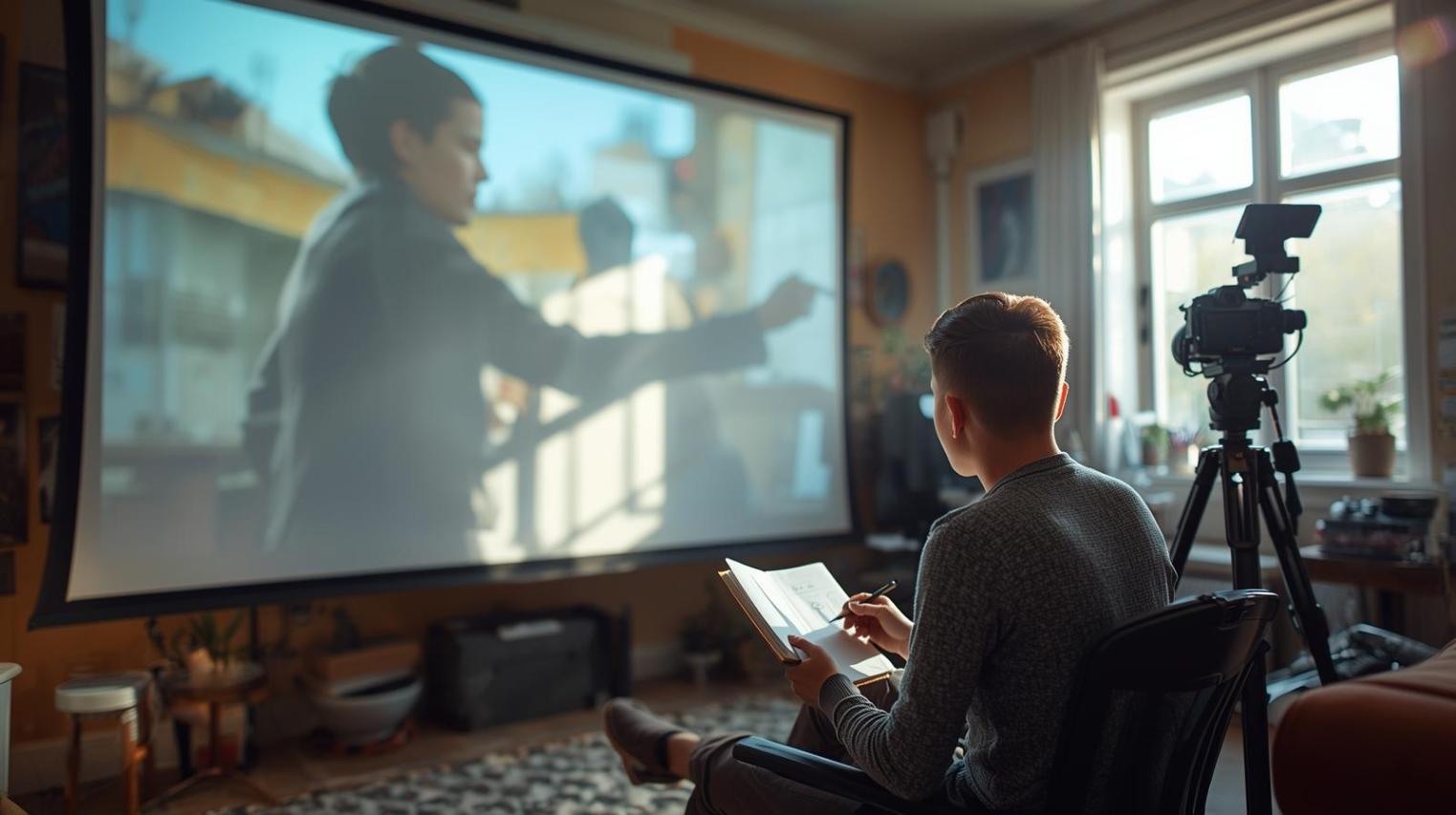
The manner in which movement, light, rhythm, and balance intertwine shapes our understanding of them while analyzing still frames. When people watch free movies on 123movies, it is not simply a form of leisure.
It is an opportunity that exposes them to various visual storytelling tools, which can influence a photographer’s approach to framing and composition. Any scene, shot, and light in a movie can serve as a soft mentor to someone who aspires to strengthen their skill set behind the camera.
Nevertheless, cinematography is the making of moving photographs. It is through the lens of a camera that a cinematographer can choose where the focus should fall, smooth the shot, and structure the frames. She employs the focus and light to conjure emotions that are dictated by the underlying principles of the composition.
When one sees light in a photo, one learns how it captures the photo’s emotions.
Learning through Filmic Composition
Like photographs, films are built on the same foundation of the rule of thirds, symmetry, leading lines, and depth. The difference is that in still photography, the elements of a composition are static. In a movie, the elements of the composition can move through the addition of time.
The transition from a wide establishing shot to an intimate close-up teaches pacing and visual storytelling. The shifts in the elements of light and shadow will help one learn how to set a mood.
These recordings in motion can assist photographers in anticipating composition, rather than just capturing it, in still images. Photographs are still captures of a moment in time, and the ability to imagine the interval of time between the stills is in a separate realm altogether.
The stark difference lies in how powerful the emotion the photo evokes is.
Filmmakers, for instance, color grade to establish tone. This is a technique that can easily inspire photographers during the post-production stage. Analyzing how moving images tastefully combine warm and cool color tones or use color to stir a feeling can improve a photographer’s palette and harmony.
ALSO READ: Framing the Spotlight: Photographers Share Why Step and Repeat Banners Define NYC Events
Light has its own emotional weight.
Fundamentally, light is the medium used in both photographs and moving images. The light of a street lamp in a night scene, or the morning sun diffusing golden rays, conveys emotion more than any description can. Photographers learn how directors use light, which makes them more aware of their surroundings and how to capture and mold light.
The interval of time between frames, especially concerning tonal values of light and dark and spacing of shadows and reflections, the moving image to a photographer adds to the capture of the fleeting light in that precise moment. The photographer has the same feeling as a director on cue, at the perfect moment.
A Frame Within A Frame
The essence of cinema is also in a close examination of details. Students of the lens often remark that each film is a lesson in composition and each image is a still from a movie. The artistry of cinema allows one to appreciate the interplay of light and perspective, and the boundary between stillness and movement begins to dissolve. What remains is the continuing quest to achieve that elusive frame.



